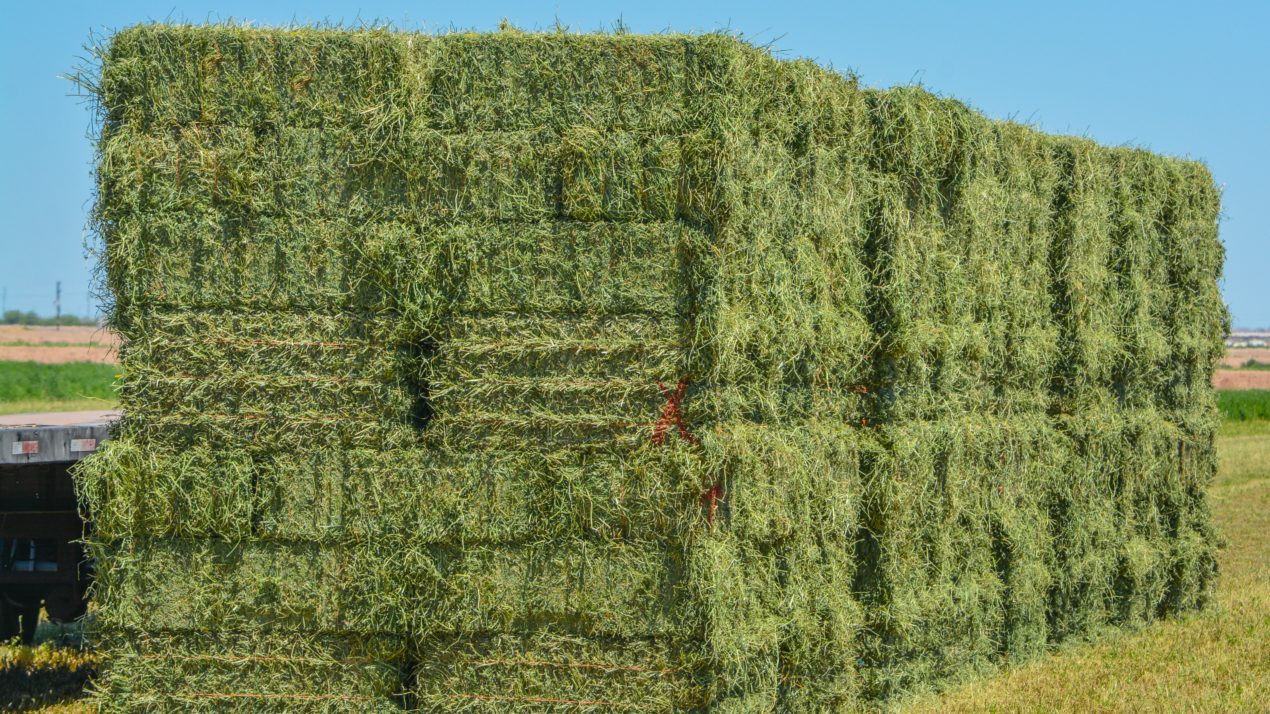
Forage quality and hay supply reports are mixed around the state, depending on area and different weather patterns farmers experienced. Wisconsin seems to be sitting okay overall, however anything west of the Mississippi has suffered from severe extended drought over the past few months. This has left them with very little forage supply and low quality forages at that. Dan Undersander, UW-Extension forage specialist shares that if you have any extra hay on hand, it would be a smart move to market that hay this year.
Undersander actually recommends to many Wisconsin farmers, that if you are able to take an extra cutting around the first of November, to go ahead and do so. When making that hay, he also says if you plan on marketing it the best thing would be to make them as large to medium square bales. Hay is not cheap to transport long distances, but hauling large square bales is more efficient than hauling round bales and people seem to be willing to pay a premium for those square bales. Many experts predict that since national hay supply is short this year, hay prices will remain high through the fall and winter especially on high quality dairy alfalfa.
If you are feeding livestock such as beef cattle, goats or sheep, you can save money by avoiding the higher quality alfalfa hay and purchasing grass hay. Many people focus on relative feed value or RFV, but Undersander says using RFQ or relative forage quality can be even more effective when evaluating hay. Not only does it look at nutrient value of the hay, but it also focuses on digestibility. In some opportunities if you have high quality hay on hand, it may be more advantageous to sell the high quality hay if you don’t need it and buy back lower quality hay. Utilizing lower quality grass hay or even alternative forages can help your pocketbook and keep your animals fed and satisfied.

